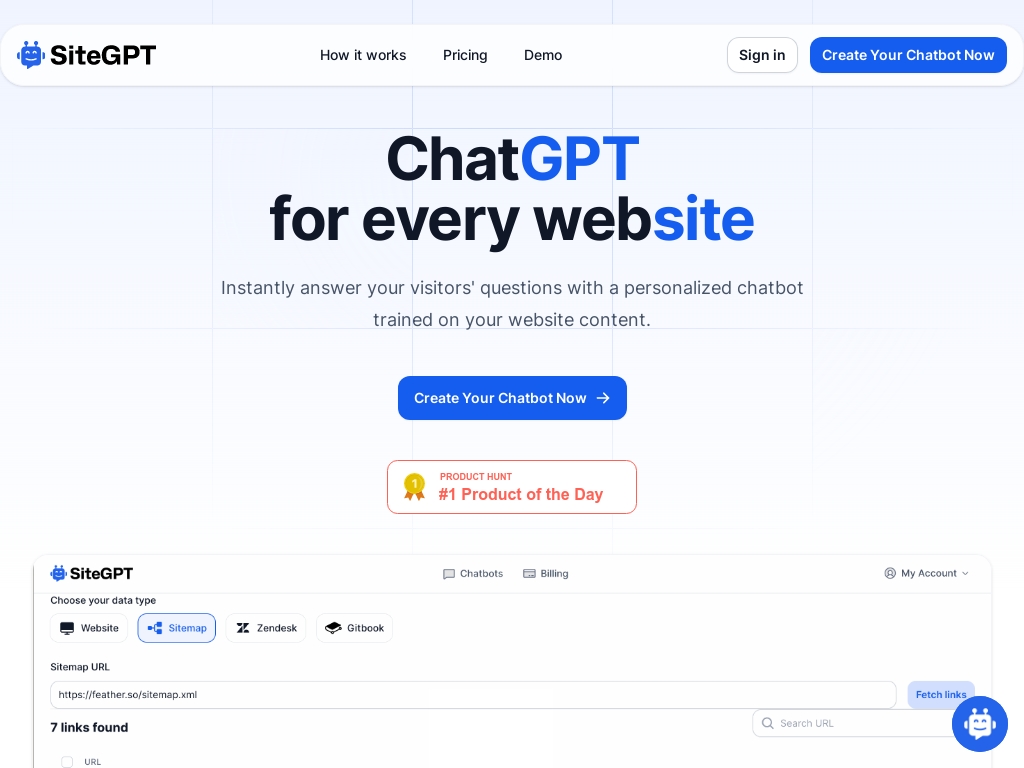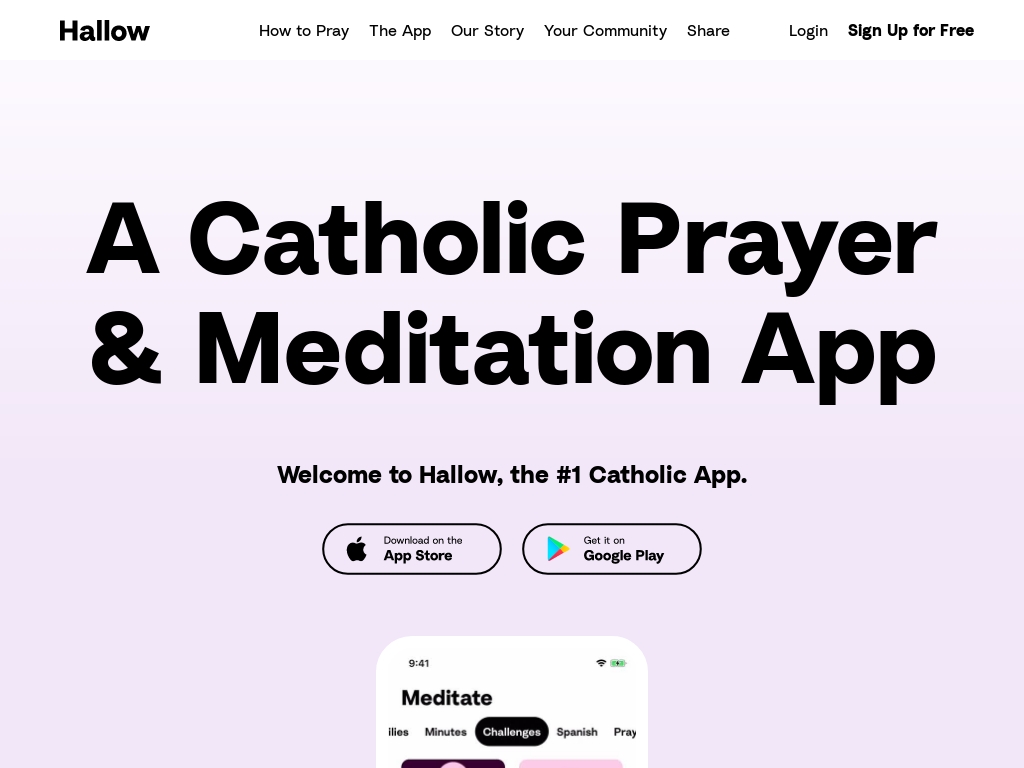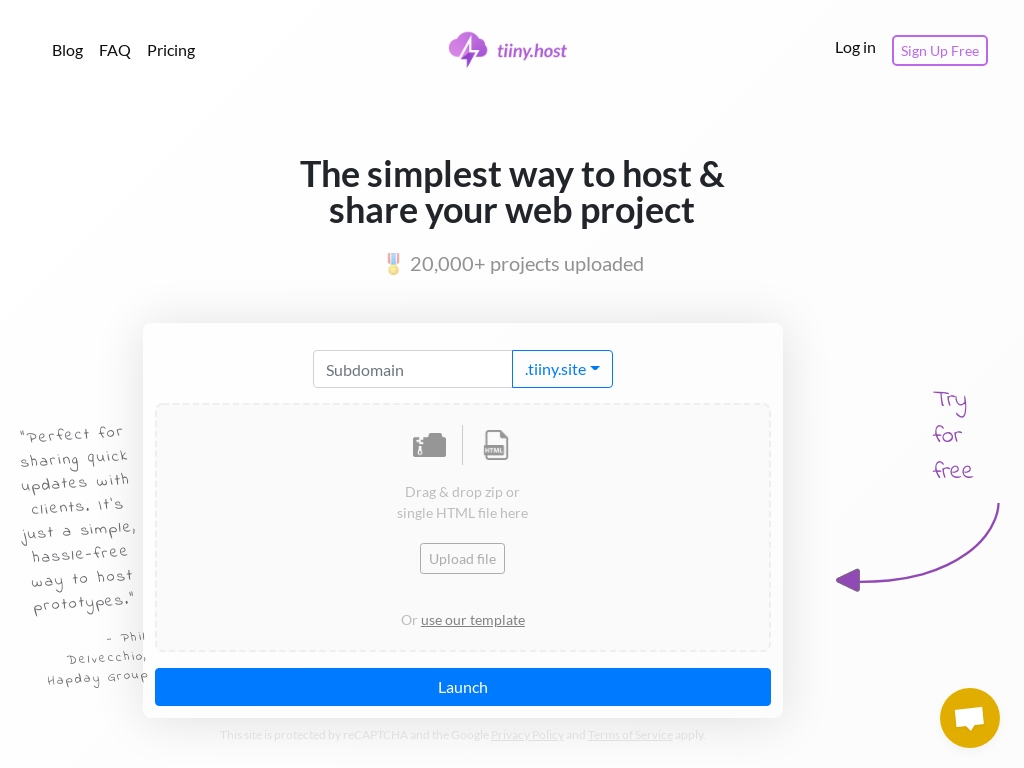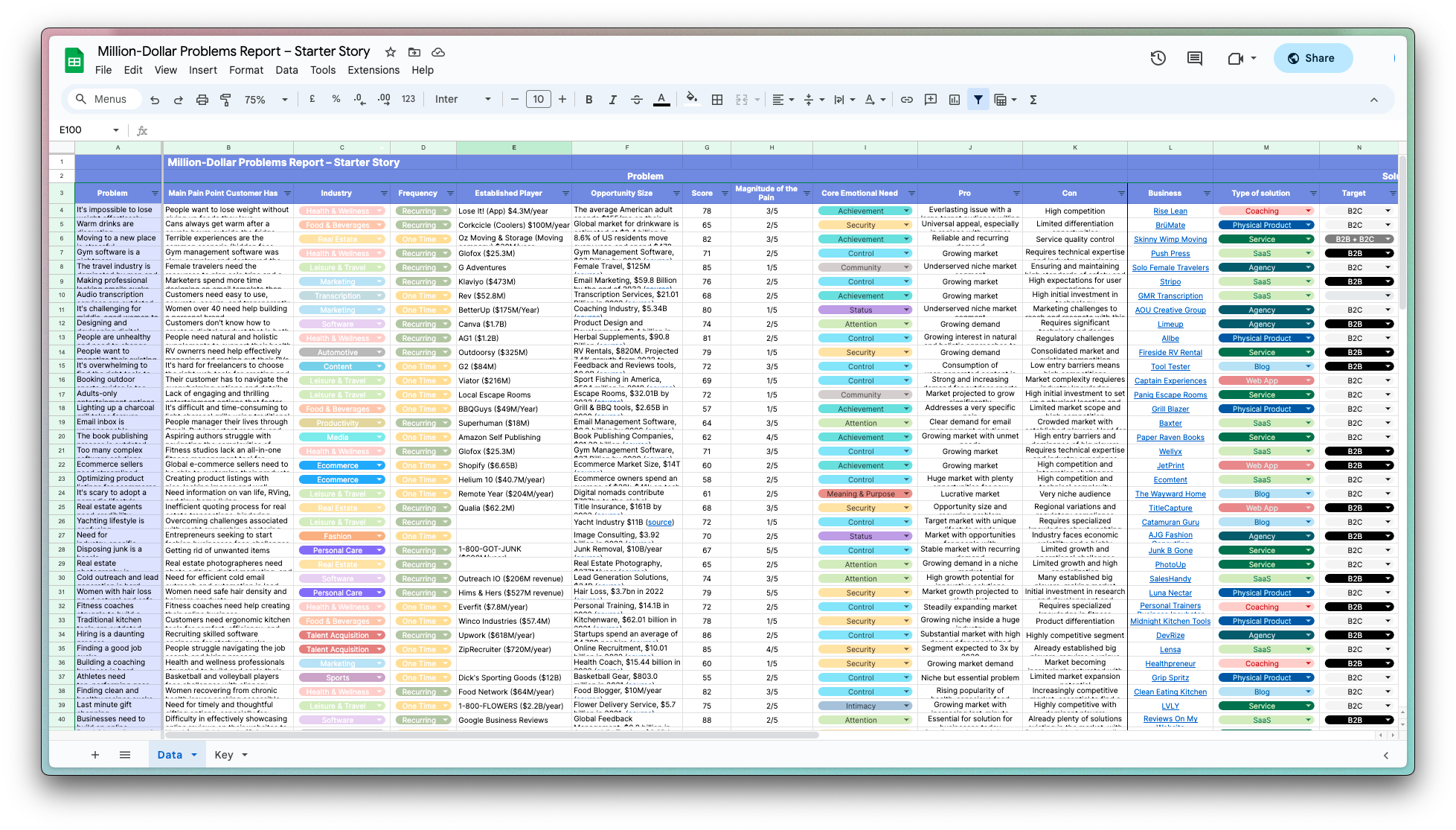
How This Solo Founder Built ToolJet to 25K GitHub Stars
Who is Navaneeth Padanna Kalathil?
Navaneeth Padanna Kalathil, the founder and CEO of ToolJet, hails from India and has been passionate about coding since 2009, gaining experience in various technologies and founding multiple startups before creating ToolJet. He has been involved in open-source development and leveraged his background as a consultant and developer to transition into building and scaling his open-source platform for internal tools.
What problem does ToolJet solve?
ToolJet lets people create custom apps without coding, making it a lifesaver for anyone who needs fast solutions but doesn't have technical skills or time to spare.
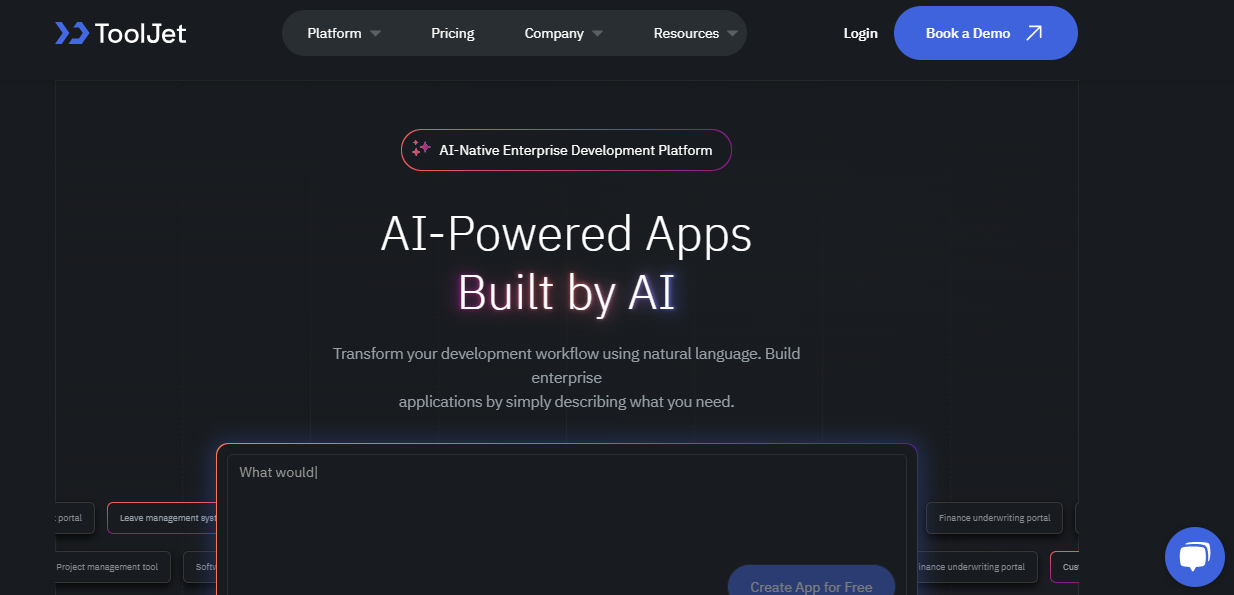
Homepage
How did Navaneeth come up with the idea for ToolJet?
ToolJet's journey began when the founder noticed a recurring challenge while consulting for enterprises: teams were constantly requesting new features and bug fixes for their internal tools, yet the engineering teams struggled to keep up. Existing solutions were often too expensive, lacked flexibility, or didn't support on-premise hosting, a critical need for many companies. Driven by this gap and his love for Ruby and JavaScript, the founder decided to create an open-source platform to address these pain points specifically.
He initially aimed to build a low-code platform that was easy to extend with plugins, filling a market gap for a modern, open-source solution. With the initial groundwork laid, early development focused on creating a drag-and-drop interface using ReactJS. It was vital to iterate quickly based on user feedback, leading to the addition of essential features based on what users found missing. Despite the challenges of development and the risks associated with being a solo founder, continuous learning and achieving small milestones kept the momentum going.
The experience of launching on HackerNews became a pivotal moment, validating the demand for such a product and motivating further development. The early traction underlined the need for a more straightforward internal tool-building process, ultimately inspiring the evolution toward an AI-driven setup that enabled users to build apps via plain English descriptions. This shift represented a significant leap from the platform's original vision, aligning perfectly with the founder's initial goal: removing technical barriers and simplifying app development for everyone.
How did Navaneeth Padanna Kalathil build the initial version of ToolJet?
The development of ToolJet began with Navaneeth committing an initial version as a Ruby on Rails (RoR) project on April 1, 2021, with frontend components built using ReactJS. This foundational build took about two months to complete and was constructed independently by Navaneeth, utilizing React-DND for its drag-and-drop functionality due to its popularity and performance. Recognizing the need for a more cohesive tech stack, ToolJet later migrated its backend to NestJS, providing a consistent language environment across both frontend and backend, simplifying contributions from developers. Navaneeth faced challenges learning frontend development and managing multiple quarantine periods during COVID-19, which he used as an opportunity to concentrate deeply on ToolJet without distractions. This diligent focus and rapid prototyping using open-source frameworks allowed ToolJet to quickly iterate and improve, culminating in its public release.
What was the growth strategy for ToolJet and how did they scale?
GitHub and Open Source Community
ToolJet's rise was significantly fueled by its open-source nature. By going open-source, they tapped into the collaborative efforts of a global developer community. When they launched the codebase publicly on GitHub, they gained over 1,000 stars in less than eight hours, and rapidly reached 2,000 stars in just three days. Currently, they boast 25,000 stars and 500 contributors. This approach allowed them to leverage a massive influx of community support and contributions, which not only helped in improving the product but also in gaining visibility and trust within the tech community.
Why it worked: The open-source model fostered community involvement, allowing ToolJet to benefit from the collective expertise of developers worldwide. The rapid accumulation of GitHub stars is a testament to the targeted need and interest in such a tool within the developer community, providing social proof and accelerating adoption rates.
Product Hunt and Hacker News Launches
ToolJet strategically launched on Product Hunt and Hacker News, channels known for significant reach among tech enthusiasts and early adopters. Their Product Hunt post quickly garnered attention, while their Hacker News post hit number one within an hour. This visibility led to a dramatic increase in sign-ups and stars on GitHub.
Why it worked: These platforms cater to a tech-savvy audience, ideal for promoting a tool like ToolJet. With Product Hunt focusing on new tech products and Hacker News on tech discussions, ToolJet gained quick exposure to thousands of potential users and developers who appreciate innovative software solutions.
SEO and Content Strategy
ToolJet invested in a robust content strategy to improve its search engine optimization (SEO). By creating detailed documentation and blog content around their platform, they ensured that potential users searching for low-code solutions, like 'internal tool builders,' would find ToolJet easily.
Why it worked: SEO is essential for long-term visibility. By creating comprehensive content, ToolJet not only educated its audience but also improved its ranking on search engines, driving organic traffic to their platform.
Community Engagement and Networking
Engaging with developer communities on platforms like Reddit was another effective channel. ToolJet's founder participated in AMAs and discussions, sharing insights and gathering feedback directly from users and potential users. This outreach helped in building a loyal community around their product.
Why it worked: Direct interaction with users on community platforms created a sense of ownership and connection among users. It also provided ToolJet with real-world feedback and ideas for their product roadmap, which encouraged further community participation and investment in their success.
What's the pricing strategy for ToolJet?
ToolJet offers a free tier for personal use with advanced features available in paid plans designed for enterprises, emphasizing flexibility and scalability for app building.
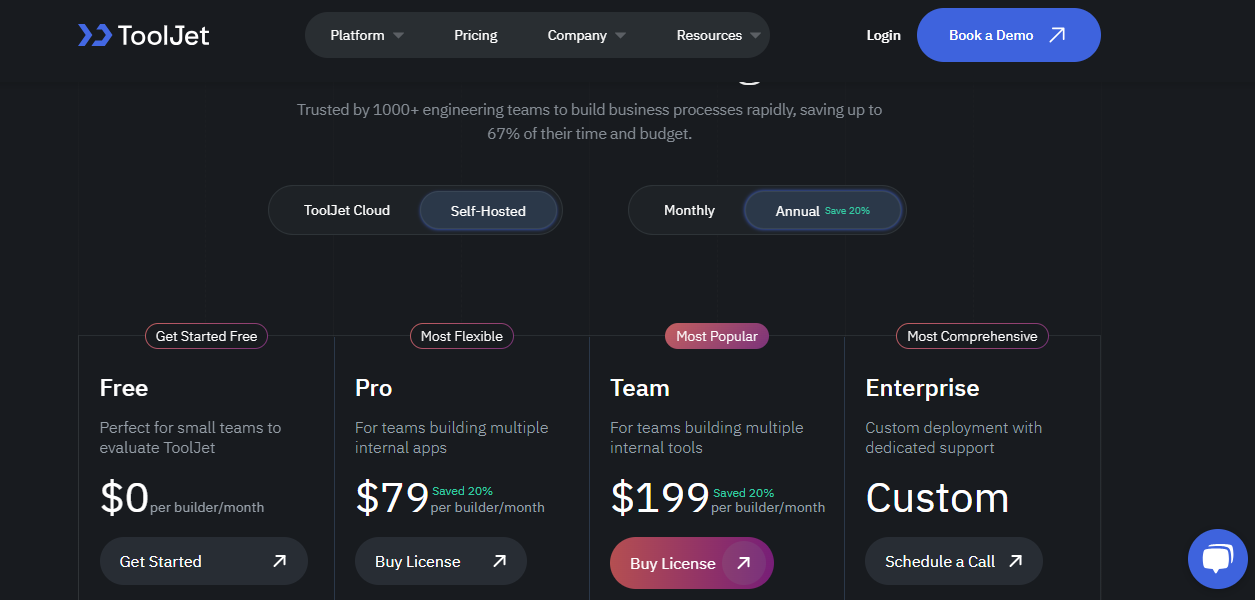
Tooljet Pricing
What were the biggest lessons learned from building ToolJet?
- Harness Community Power: ToolJet’s open-source nature attracted over 25,000 GitHub stars and 500 contributors. This community-driven approach enhanced its development and popularity exponentially.
- Adapt and Pivot Quickly: Transitioning from React and Ruby on Rails to NestJS streamlined contributions by having a single programming language, addressing the challenge of a fragmented codebase.
- Leverage Feedback for Growth: Direct interactions with users and early feedback helped ToolJet rapidly iterate and incorporate necessary features, turning initial prototypes into robust solutions.
- Strategic Platform Choices: Launching on platforms like Hacker News and Product Hunt provided critical visibility and user acquisition, establishing initial market foothold.
- Integrate AI for Simplicity: By enabling app creation through simple English descriptions, ToolJet significantly lowered technical barriers, making it accessible to non-developers and increasing user engagement.
Discover Similar Business Ideas Like ToolJet
|
|
Idea
|
Revenue
|
|---|---|---|
|
PDFShift
|
HTML-to-PDF conversion API service.
|
$8.5K
monthly
|
|
SiteGPT
|
AI chatbot trained on your website content.
|
$15K
monthly
|
|
Hallow
|
"Catholic prayer and meditation app fostering faith growth."
|
$278K
monthly
|
|
tiiny.host
|
Static website hosting made simple for everyone.
|
$15K
monthly
|
|
Studio Wombat
|
WooCommerce plugin developer for enhanced e-commerce features.
|
$15K
monthly
|
|
Treendly
|
Trend-spotting platform for untapped market insights.
|
$1K
monthly
|
|
ScreenshotOne
|
API for capturing website screenshots easily.
|
$2.2K
monthly
|
More about ToolJet:
Who is the owner of ToolJet?
Navaneeth Padanna Kalathil is the founder of ToolJet.
When did Navaneeth Padanna Kalathil start ToolJet?
2021
What is Navaneeth Padanna Kalathil's net worth?
Navaneeth Padanna Kalathil's business makes an average of $/month.
How much money has Navaneeth Padanna Kalathil made from ToolJet?
Navaneeth Padanna Kalathil started the business in 2021, and currently makes an average of .
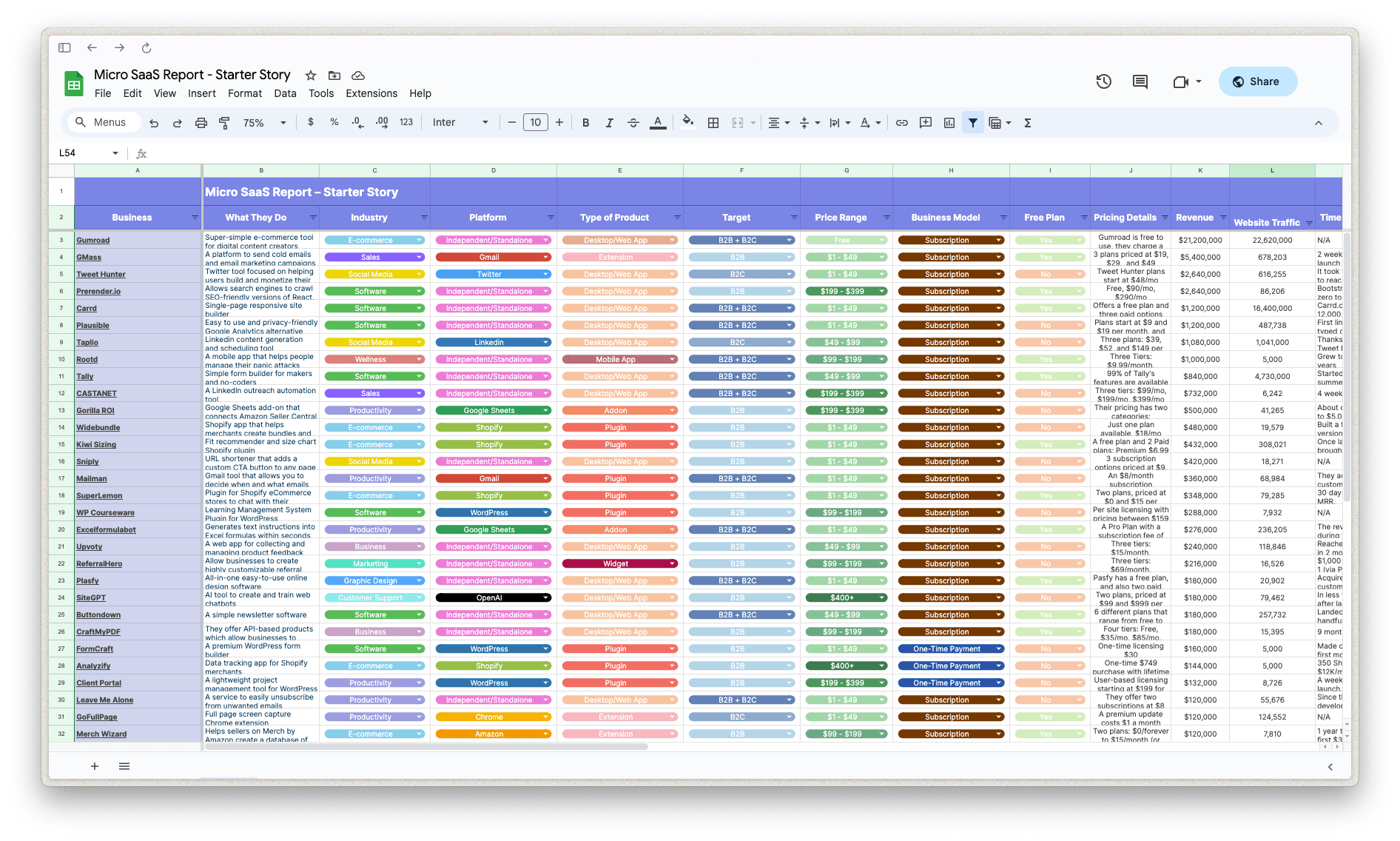
Download the report and join our email newsletter packed with business ideas and money-making opportunities, backed by real-life case studies.

Download the report and join our email newsletter packed with business ideas and money-making opportunities, backed by real-life case studies.

Download the report and join our email newsletter packed with business ideas and money-making opportunities, backed by real-life case studies.

Download the report and join our email newsletter packed with business ideas and money-making opportunities, backed by real-life case studies.

Download the report and join our email newsletter packed with business ideas and money-making opportunities, backed by real-life case studies.

Download the report and join our email newsletter packed with business ideas and money-making opportunities, backed by real-life case studies.

Download the report and join our email newsletter packed with business ideas and money-making opportunities, backed by real-life case studies.

Download the report and join our email newsletter packed with business ideas and money-making opportunities, backed by real-life case studies.

